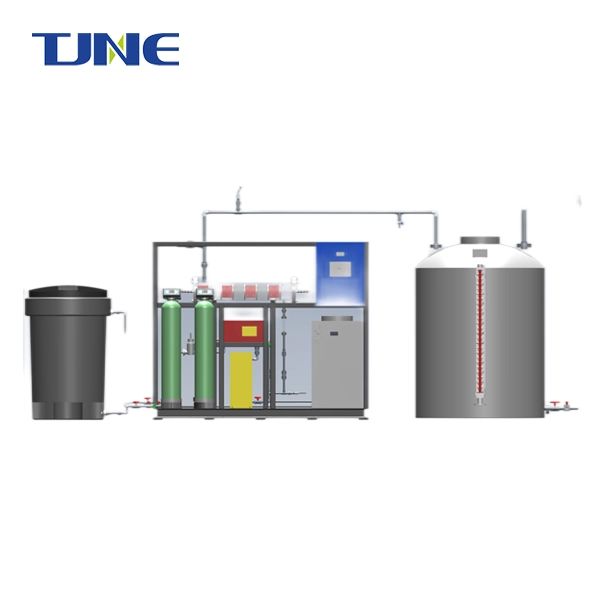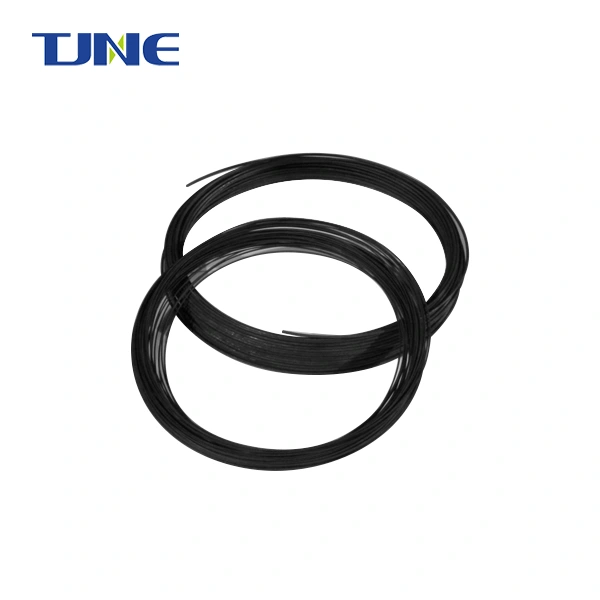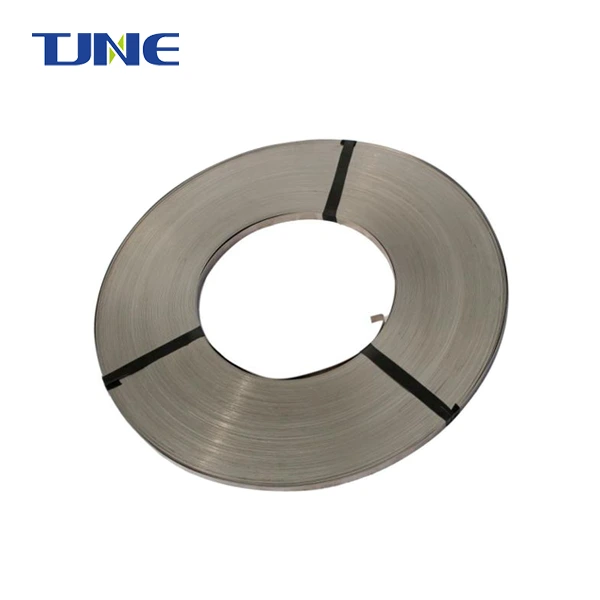- English
- French
- German
- Portuguese
- Spanish
- Russian
- Japanese
- Korean
- Arabic
- Greek
- German
- Turkish
- Italian
- Danish
- Romanian
- Indonesian
- Czech
- Afrikaans
- Swedish
- Polish
- Basque
- Catalan
- Esperanto
- Hindi
- Lao
- Albanian
- Amharic
- Armenian
- Azerbaijani
- Belarusian
- Bengali
- Bosnian
- Bulgarian
- Cebuano
- Chichewa
- Corsican
- Croatian
- Dutch
- Estonian
- Filipino
- Finnish
- Frisian
- Galician
- Georgian
- Gujarati
- Haitian
- Hausa
- Hawaiian
- Hebrew
- Hmong
- Hungarian
- Icelandic
- Igbo
- Javanese
- Kannada
- Kazakh
- Khmer
- Kurdish
- Kyrgyz
- Latin
- Latvian
- Lithuanian
- Luxembou..
- Macedonian
- Malagasy
- Malay
- Malayalam
- Maltese
- Maori
- Marathi
- Mongolian
- Burmese
- Nepali
- Norwegian
- Pashto
- Persian
- Punjabi
- Serbian
- Sesotho
- Sinhala
- Slovak
- Slovenian
- Somali
- Samoan
- Scots Gaelic
- Shona
- Sindhi
- Sundanese
- Swahili
- Tajik
- Tamil
- Telugu
- Thai
- Ukrainian
- Urdu
- Uzbek
- Vietnamese
- Welsh
- Xhosa
- Yiddish
- Yoruba
- Zulu
Dimensionally Stable Anodes (DSA) are a revolutionary type of electrode used in various electrochemical processes. Developed in the 1960s, DSA anodes have transformed industrial electrolysis operations due to their superior performance and longevity compared to traditional graphite or lead anodes. These anodes consist of a titanium substrate coated with a thin layer of electrocatalytic oxides, typically containing precious metals like ruthenium, iridium, or platinum. The unique properties of DSA anodes make them invaluable in applications ranging from chlorine production to water treatment and metal electrowinning.
How do titanium mesh anodes compare to other DSA configurations?
Titanium mesh anodes represent a specific configuration of DSA technology that offers distinct advantages in certain applications. The mesh structure provides a high surface area-to-volume ratio, which is crucial for maximizing electrochemical reactions. This design allows for efficient mass transfer and uniform current distribution, making titanium mesh anodes particularly effective in processes that require high current densities or deal with low conductivity electrolytes.
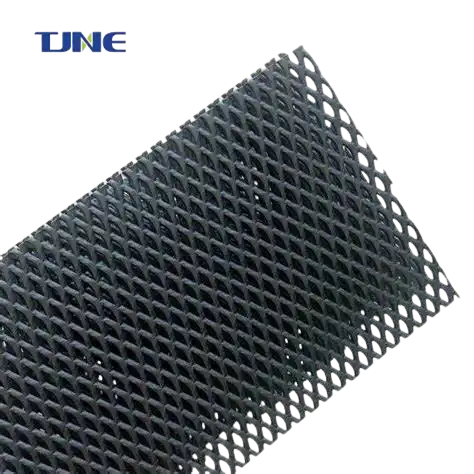
Compared to solid plate DSA anodes, titanium mesh anodes offer several benefits:
1. Enhanced mass transfer: The open structure of the mesh allows for better electrolyte flow, reducing concentration polarization and improving overall efficiency.
2. Lower weight and material costs: Mesh anodes use less titanium than solid plates, resulting in lighter and more cost-effective installations.
3. Improved current distribution: The mesh geometry promotes more uniform current distribution across the electrode surface, leading to more consistent electrochemical reactions.
4. Better gas release: In processes that generate gases as byproducts, the mesh structure facilitates easier gas escape, reducing bubble overpotential and improving energy efficiency.
However, titanium mesh anodes may not be suitable for all applications. In some cases, solid plate anodes might be preferred:
1. High-pressure environments: Solid plates offer better mechanical strength for high-pressure electrolysis cells.
2. Extreme corrosive conditions: In some highly aggressive electrolytes, solid plates may provide better protection for the titanium substrate.
3. Specific geometrical requirements: Some electrochemical cell designs may necessitate the use of solid plate anodes due to space constraints or other engineering considerations.
When selecting between titanium mesh anodes and other DSA configurations, engineers must carefully consider the specific requirements of their electrochemical process, including factors such as current density, electrolyte composition, operating conditions, and desired lifespan of the anodes.
What factors influence the lifespan of titanium mesh DSA anodes?
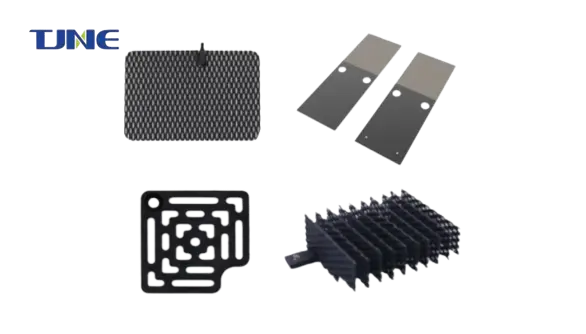
The longevity of titanium mesh DSA anodes is a critical factor in their overall cost-effectiveness and operational efficiency. Several key factors influence their lifespan:
1. Coating composition and thickness: The electrocatalytic coating is the heart of a DSA anode. The specific composition of metal oxides and the thickness of the coating layer significantly impact the anode's performance and durability. Generally, coatings with higher precious metal content and optimal thickness tend to have longer lifespans.
2. Operating conditions: The environment in which the anode operates plays a crucial role in determining its lifespan. Factors such as current density, electrolyte composition, temperature, and pH can all affect the rate of coating degradation. Higher current densities and more aggressive electrolytes typically lead to faster wear of the coating.
3. Mechanical stress: Although titanium mesh anodes are designed to be dimensionally stable, they can still experience mechanical stress due to gas evolution, thermal cycling, or physical impacts during maintenance. Minimizing these stresses can help prolong the anode's lifespan.
4. Impurities in the electrolyte: The presence of certain impurities in the electrolyte can accelerate coating degradation. For example, calcium and magnesium ions can form insulating layers on the anode surface, while organic compounds may adsorb onto the coating and interfere with the electrochemical reactions.
5. Current interruptions: Frequent start-stop cycles can stress the coating, potentially leading to accelerated degradation. Maintaining stable operating conditions whenever possible can help extend the anode's life.
6. Maintenance practices: Proper maintenance, including regular cleaning and inspection, can significantly impact the lifespan of titanium mesh DSA anodes. Removing scale buildup and addressing any coating damage promptly can prevent accelerated degradation.
7. Manufacturing quality: The initial quality of the anode, including the substrate preparation, coating application process, and quality control measures, plays a vital role in determining its long-term performance and lifespan.
8. Electrolyte flow patterns: In some applications, uneven electrolyte flow across the mesh surface can lead to localized areas of high wear. Optimizing the cell design to ensure uniform flow distribution can help prevent premature failure of certain parts of the anode.
9. Gas bubble management: Efficient removal of gas bubbles from the anode surface is crucial for maintaining uniform current distribution and preventing localized high-wear areas. The mesh design helps in this regard, but additional measures such as proper cell geometry and electrolyte flow patterns may be necessary in some applications.
10. Polarization conditions: The specific polarization conditions, including anodic potential and current density distribution, can affect the rate of coating oxidation and dissolution. Optimizing these parameters for the specific application can help extend the anode's lifespan.
By carefully managing these factors, operators can maximize the lifespan of titanium mesh DSA anodes, reducing replacement frequency and overall operational costs. Regular monitoring of anode performance, such as tracking changes in cell voltage or conducting periodic coating thickness measurements, can provide valuable insights into the anode's condition and help inform maintenance and replacement schedules.
How can titanium mesh DSA anodes be optimized for specific electrochemical applications?
Optimizing titanium mesh DSA anodes for specific electrochemical applications is crucial for achieving maximum efficiency, longevity, and cost-effectiveness. The optimization process involves tailoring various aspects of the anode design and operation to meet the unique requirements of each application. Here are some key strategies for optimizing titanium mesh DSA anodes:
1. Coating composition customization: The electrocatalytic coating is the most critical component of a DSA anode. By adjusting the composition of metal oxides in the coating, it's possible to enhance the anode's performance for specific reactions. For example:
- Chlorine evolution: Coatings rich in ruthenium oxide (RuO2) and titanium oxide (TiO2) are highly effective.
- Oxygen evolution: Iridium oxide (IrO2) based coatings show excellent stability and activity.
- Organic oxidation: Mixed metal oxide coatings containing tin oxide (SnO2) and antimony oxide (Sb2O5) can be particularly effective.
2. Mesh geometry optimization: The specific geometry of the titanium mesh can be tailored to suit different applications:
- Fine mesh: Provides higher surface area and is suitable for applications requiring high current densities or dealing with low conductivity electrolytes.
- Coarse mesh: Offers better gas release properties and may be preferred in applications where gas evolution is a significant factor.
- Custom designs: Some applications may benefit from specially designed mesh patterns that optimize current distribution or fluid flow.
3. Substrate preparation: The titanium substrate's surface treatment before coating application can significantly impact the anode's performance and longevity. Techniques such as sandblasting, etching, or thermal oxidation can enhance coating adhesion and durability.
4. Coating application method: Different coating application techniques, such as thermal decomposition, electrodeposition, or plasma spraying, can result in varying coating morphologies and properties. Selecting the most appropriate method for the specific application can optimize anode performance.
5. Operating parameter optimization: Fine-tuning operational parameters can significantly enhance anode performance and lifespan:
- Current density: Operating at the optimal current density range for the specific coating and application can maximize efficiency and minimize wear.
- Electrolyte composition: Adjusting electrolyte concentration, pH, and additives can improve overall cell performance and anode longevity.
- Temperature control: Maintaining optimal temperature ranges can enhance reaction kinetics while minimizing thermal stress on the anode.
6. Cell design considerations: The overall electrochemical cell design plays a crucial role in anode performance:
- Anode-cathode gap: Optimizing the distance between electrodes can improve current distribution and reduce energy losses.
- Electrolyte flow patterns: Designing flow channels that ensure uniform electrolyte distribution across the anode surface can enhance performance and longevity.
- Gas management: Implementing effective gas separation and removal systems can improve overall cell efficiency and anode lifespan.
7. Surface modifications: Post-coating treatments or additional surface modifications can enhance specific properties of the anode:
- Hydrophobic treatments: Can improve gas release properties in certain applications.
- Nanostructuring: Creating nanostructured surfaces can increase the effective surface area and enhance catalytic activity.
8. Multifunctional coatings: Developing coatings that combine multiple functionalities can optimize anodes for complex applications:
- Self-cleaning properties: Incorporating materials that resist fouling or facilitate easy cleaning can extend anode lifespan in challenging environments.
- Selectivity enhancements: Designing coatings that preferentially catalyze desired reactions while suppressing side reactions can improve process efficiency.
9. In-situ regeneration techniques: Developing methods for in-situ coating regeneration or repair can significantly extend anode lifespan and reduce downtime:
- Electrochemical rejuvenation: Applying specific potential or current profiles to restore coating activity.
- Chemical treatments: Periodic chemical treatments to remove contaminants or restore surface properties.
10. Advanced monitoring and control: Implementing sophisticated monitoring systems can enable real-time optimization of anode performance:
- Electrochemical impedance spectroscopy (EIS): Can provide insights into coating condition and degradation mechanisms.
- Distributed sensor networks: Allow for precise control of local current densities and operating conditions across large electrode surfaces.
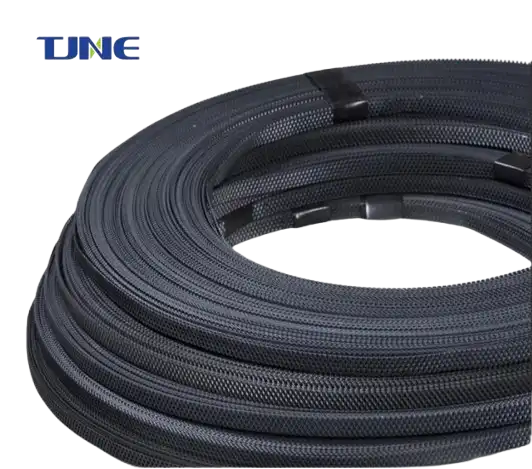
By carefully considering these optimization strategies and tailoring them to the specific requirements of each application, it's possible to significantly enhance the performance, efficiency, and lifespan of titanium mesh DSA anodes. This optimization process often requires a combination of theoretical modeling, laboratory testing, and field trials to achieve the best results for each unique electrochemical application.
If you are interested in the products of Xi'an Taijin New Energy & Materials Sci-Tech Co., Ltd., please contact yangbo@tjanode.com.
References
1. Trasatti, S. (2000). Electrocatalysis: understanding the success of DSA®. Electrochimica Acta, 45(15-16), 2377-2385.
2. Martínez-Huitle, C. A., & Ferro, S. (2006). Electrochemical oxidation of organic pollutants for the wastewater treatment: direct and indirect processes. Chemical Society Reviews, 35(12), 1324-1340.
3. Kraft, A. (2007). Doped diamond: a compact review on a new, versatile electrode material. International Journal of Electrochemical Science, 2(5), 355-385.
4. Grimm, J., Bessarabov, D., & Sanderson, R. (1998). Review of electro-assisted methods for water purification. Desalination, 115(3), 285-294.
5. Chen, G. (2004). Electrochemical technologies in wastewater treatment. Separation and Purification Technology, 38(1), 11-41.
6. Comninellis, C., & Chen, G. (Eds.). (2010). Electrochemistry for the Environment. Springer Science & Business Media.
7. Rajeshwar, K., & Ibanez, J. G. (1997). Environmental electrochemistry: Fundamentals and applications in pollution sensors and abatement. Academic Press.
8. Simond, O., Schaller, V., & Comninellis, C. (1997). Theoretical model for the anodic oxidation of organics on metal oxide electrodes. Electrochimica Acta, 42(13-14), 2009-2012.
9. Panizza, M., & Cerisola, G. (2009). Direct and mediated anodic oxidation of organic pollutants. Chemical Reviews, 109(12), 6541-6569.
10. Chaplin, B. P. (2014). Critical review of electrochemical advanced oxidation processes for water treatment applications. Environmental Science: Processes & Impacts, 16(6), 1182-1203.
Related Industry Knowledge
- What Benefits Does DSA Coating Provide For Titanium Anodes?
- How Does the DSA Coating on Titanium Anodes Work?
- What is the Lifespan of a DSA Coated Titanium Anode?
- How Does a DSA Anode Revolutionize Electrochemical Processes?
- What is a DSA Coating Titanium Anode?
- What Industries Rely on DSA Anodes for Electrochemical Processes?
- What Factors Should Be Considered When Selecting a DSA Anode?
- What is a DSA Anode and How Does It Work?
- What are DSA anodes?
- What are the Typical Applications of DSA Coating Titanium Anodes?







